As part of our Frequent Flyer series, we post follow up stories from previously spotlighted travelers. Parker is a professional photographer that has traveled the world extensively and spent the last six months driving from Montana to South America with his friends for their Vanajeros project. In his previous feature, he shared his experiences traveling throughout Simeuleu, Indonesia, documenting daily life, while surfing with his older brother. Now he's back to shed light on the vast amount of adventures, cultures, and beauty that exists within Ecuador and the refreshing amount of nationalism he experienced throughout his stay.
What have you been up to since you were last featured?
When I returned to the States, myself and three of my friends, Joel, Aidan, and Madison, hopped in a van for the Vanajeros project to spend the next six months driving from Montana to South America to photograph and hand out portraits to our subjects along the way. It was our way of showing appreciation to the people who were generous enough to give us their time. Towards the end of the project, our crew spent a fair amount of time together in Ecuador but eventually parted ways. Once they left, I made my way—very slowly—back up the Ecuadorian coast to the Quito airport.
What interests you most about traveling? How does photography influence the way you travel?
The stories I hear and the different people I meet are what make traveling so addictive to me. It’s so compelling to see people from every walk of life come together around a fire or dinner table to share stories. I love that. Some of my favorite travel memories are of sitting with a mixed bag of locals and travelers, drinking whatever adult beverage is abundant, and hearing about people’s experiences. Those stories are a window into someone else’s life; who they are, where they’re from, and what they’ve seen. Once you hear how the others live and what they've been a part of, it’s hard to hold a blind grudge or remain ignorant about the world at large. Photography was always an integral part of that process. Having a camera gives you a reason to approach people and start a conversation. If someone on the street looks worthy of a photograph for whatever reason, chances are they have some pretty amazing things to say.
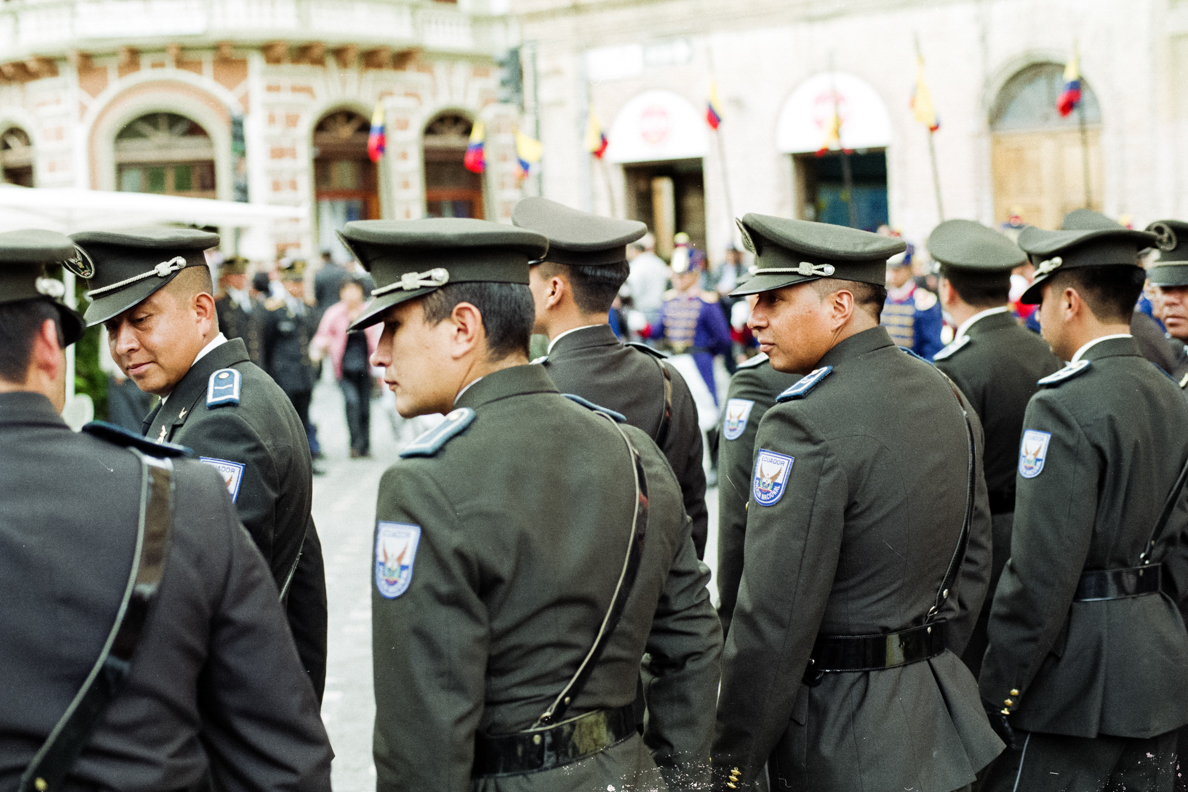


What sparked your interest to visit Ecuador specifically?
This may come off as callow, but Ecuador wasn't ever really on my list of places to visit. As a surfer, I knew they had decent waves, but I hadn’t studied up on it too far beyond that. I was uninformed about what was there and never took the initiative to learn. That is, until I met Aidan. He would talk about this amazing corner of South America where he had lived with his parents for a few years when he was a kid. Those conversations led me to do a little research, and the more I learned, the more I couldn't look away. For such a small place, Ecuador has everything. Within a few hours, you can go from cloud forests and rainforests to deserts and beaches. When we finally got around to planning the Vanajeros project, it went without question that we would set our sights on Ecuador as our first—and ultimately last—checkpoint as a group.
What was your route? What cities did you visit?
Because I was with Aidan, and because we initially had a car, our route was a little outside of the normal bus dependant backpacker trip. Our van broke down at the border of Ipiales, Colombia, and from there we were towed straight to San Rafael, a suburb of the Ecuadorian capital of Quito. Luckily, one of Aidan’s good friends was a mechanic there, so we had the van towed to his shop. While they worked on the van, we made our way to Cuenca, in the southern end of the country, by bus. We were in Cuenca for the better part of two months wrapping up our project and, barring a New Year’s Eve vacation to Canoa in the northwest; Cuenca was our home base from Christmas through the end of January. Once the bulk of our project was mostly wrapped up, we all parted ways, and I made my way west through Salinas and up to Ayampe to surf for three weeks.
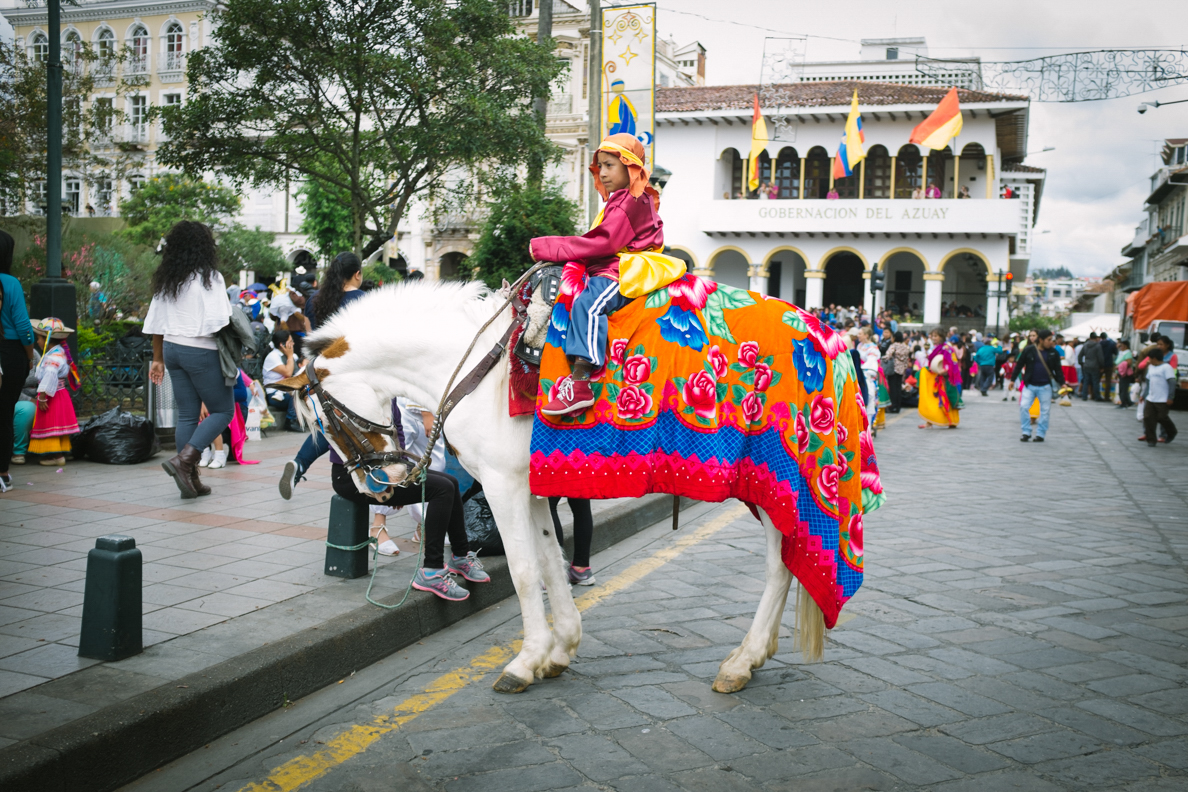
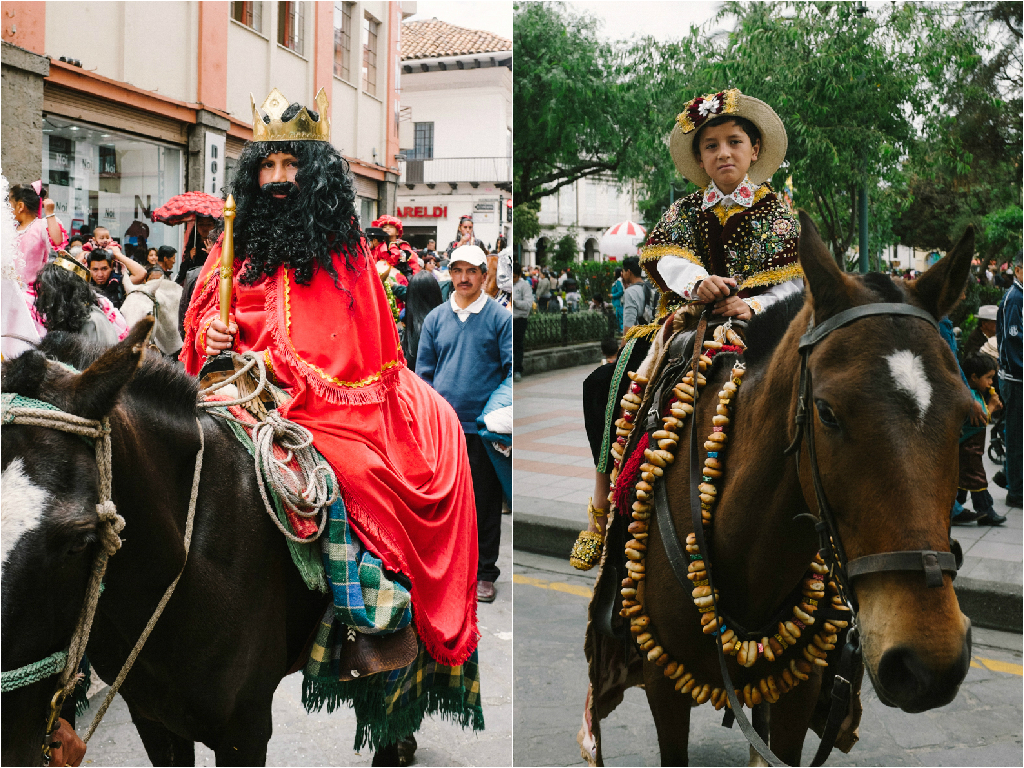

Did you travel by yourself or with others? How did you navigate between each city?
It was kind of the perfect split between being by myself and traveling with friends. Joel, Aidan, Madison, and myself traveled as a group for a while until I was invited to stay with Sebastian from EC Surfer at his place in Salinas. Sebastian and I spent about a week hanging out and surfing and working on some things for his website. After about a week, the swell backed off a bit, so we drove up to Ayampe—about an hour north of Salinas—to look for waves. I ended up staying there by myself for the last two weeks of the trip before taking a bus back to Quito. Staying by myself in Ayampe was the perfect way to decompress after seven months on the road.
Did you have any expectations or preconceived notions about the cultures you would be exposed to? How did they differ from what the cultures actually were?
Prior to this trip, whenever I thought of Ecuador, my mind would snap to the Galapagos. I assumed the Ecuadorian mainland would be a collection of Mestizo and Incan based cultures, which insinuates an older, more ancient way of doing things. To an extent, that old world feel was absolutely still alive—but the people who really surprised me. Who I spent most of my time with were local twenty-somethings. There is a very earth minded, active, and prideful community of young people in Ecuador. That isn't to say that that doesn't exist elsewhere, but for some reason I didn't expect it out of that country. Those twentysomethings have dedicated a lot of time to exploring their own country and appreciating what is ostensibly in their backyard; also making it a point to climb every mountain in Ecuador or to only surf Ecuadorian beaches. They realize how special their country is and are really excited to show it off.
What were some of your experiences?
When we first got to Cuenca, we were hit with an active, thriving, anachronistic introduction to Ecuador. We rented an apartment near the city center, which was all cobblestone streets and beautiful Spanish Colonial architecture. Cuenca is just enough of a staple on the backpacker’s trail to inject a fair amount of outside influence, so you can find some amazing stuff when you’re walking around. You can tell that the city is right on the cusp of being “hip”. Apparently when Aidan lived in Cuenca, he only ate hot dogs. Every time he took us to his favorite place that we “couldn't miss,” it would be a hot dog shop. Granted, they were great hot dogs—but they were still just hot dogs. Around Christmas, we were lucky enough to get treated to a Cuy dinner (pronounced Cooyee) by some of Aidan’s close friends. Cuy, we would find out at the dinner table, is roasted guinea pig, which is surprisingly delicious. Once I left Cuenca, Sebastian made sure to show me everything I needed to eat during my last few weeks in country. Because of him, Bolon de verde (fried green plantain balls with meat, cheese, or both) and Corviche (tuna or shrimp filled plantain dumplings with peanut sauce) became my daily go to meals. We discovered pretty early on that if you want to save money while traveling, you need to figure out what the locals are eating and stick to that. Once I figured out how to make Bolon, I was getting by on about $2 a day.




What would you like people to know about your experience within the country that is little known?
People should know that we experienced a broad range of communities and cultures. We went out in Cuenca’s backpacker bar scene and spent the night at a sweat lodge in the southern mountains, chanting and howling at the moon. For only spending two months there, the experiences were so widespread and different. Aside from the language and a few culinary staples, Salinas felt like a different planet compared to Cajas or Quito. It’s easy to say, “I was in Ecuador for a while,” and leave it at that. But when I start to think about the experiences I had in that span of time, a response like that just wouldn’t do it justice.
What recommendations for places to explore and things to do can you share for future travelers?
Cajas was a place that, if it wasn't for Aidan, we probably never would have visited. My images from there are some of my favorites from this past year— something about that place just feels magical. That being said, once you get out of the mountains and head to the coast, Ayampe and Salinas are so fun and laid back that you’ll want to stay for weeks. It was interesting talking to backpackers on the coast because everyone had their own list of things they had done in Ecuador, things that no one else had heard of and everyone had to do.
What surprised you most about your experience?
Aside from the unexpected youthfulness of the country, the waves were really, really fun. I really had no idea what to expect when Sebastian got in touch with me and told me about the waves he wanted to show me, but my second week in Ayampe was some of the best surfing of the whole Pan-American trip. I didn't expect to catch a swell that good in mainland Ecuador, and I’m glad it’s still kind of under the radar. After meeting Sebastian and all of his buddies, it’s easy to see why they’re so proud of their shoreline and how it hasn’t been bastardized by the tourist industry yet. They know it’s down the line somewhere, though, and in the case of Montanita—a coastal town just south of Ayampe where backpacker culture essentially took over—they know how too much money, too quickly can essentially drive out the local population and the potential of a place. The nationalism they have seems to be lost in other places. It was really important to Sebastian that he and his family owned a stretch of beach near Ayampe: they wanted to make sure it stayed in Ecuadorian hands. I don’t think I’ve seen that type of guardianship too much elsewhere.
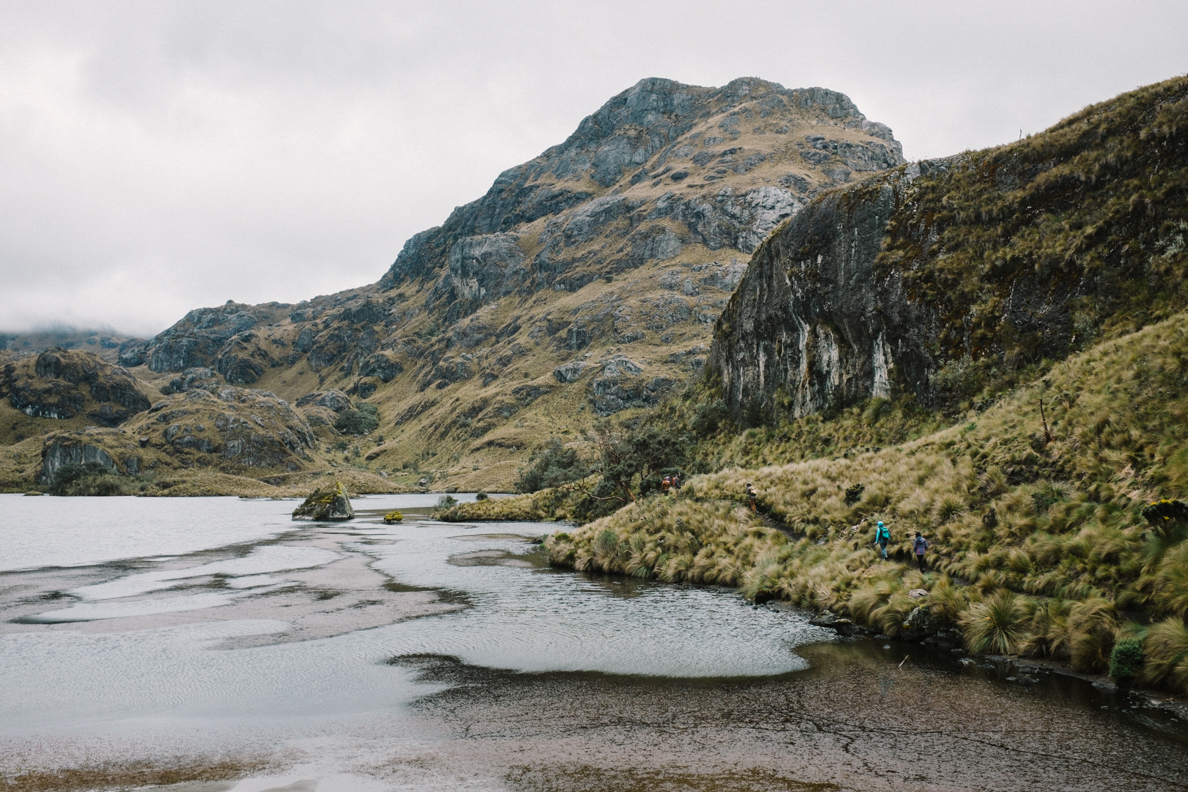
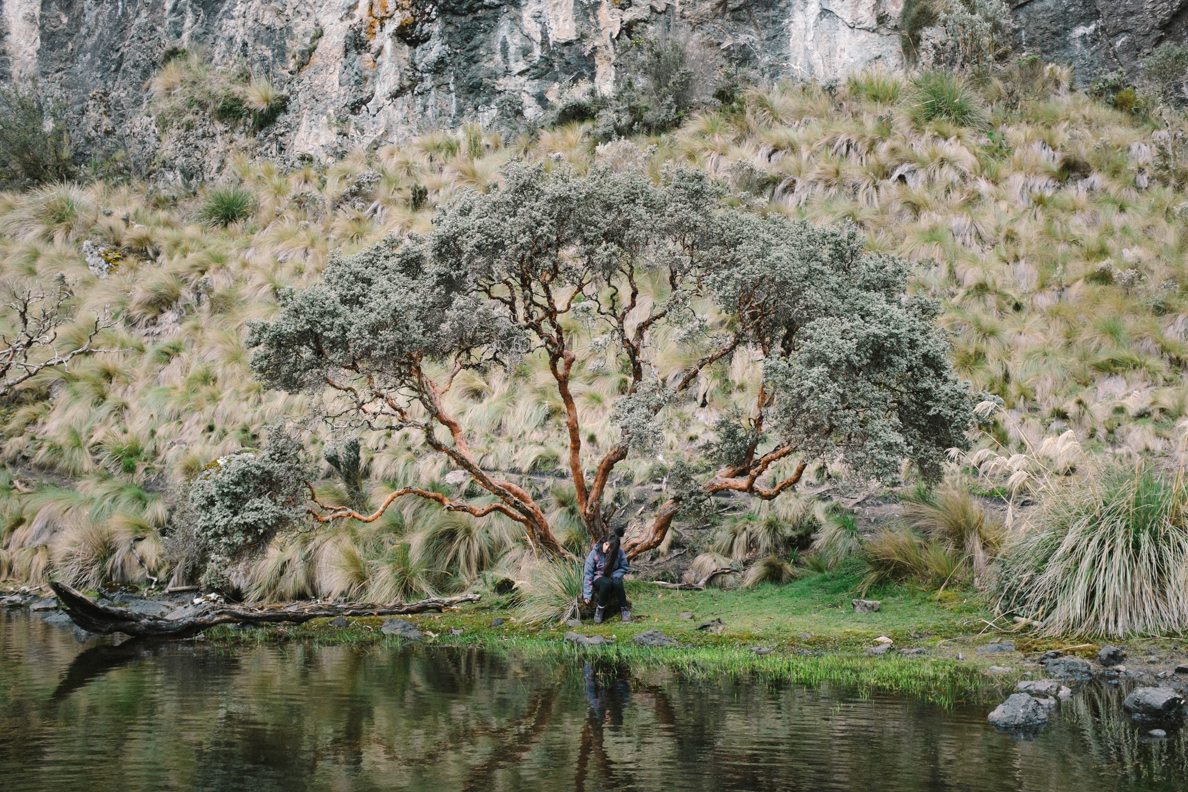

What is your favorite memory from your trip?
I tried to just brush over the sweat lodge story without giving too much away, but when I think about my experience there–it’s hard to think of a story that compares. As it turned out, Aidan’s family friend—the one who treated us to the Cuy—was also something of a modern day medicine man. He was a certified Reiki healer and ran weekly meditation groups. About a week before Christmas, he called Aidan and invited us to a sweat lodge in the southern mountains. We didn't exactly know what we were getting into, but when we got there at 10 p.m. (after a 45 min mystery bus ride into the mountains), we walked into an open field to see 40 people dancing around a massive fire, chanting and playing instruments. None of us had a camera on hand, but it was like a scene out of a movie. Kids, adults, and older people were all dancing in a circle around a fire that was built up to heat the rocks that would later go into the “lodge.” Once the rocks were hot enough, the women were told to enter the tent next to the fire while the men all sat around waiting.
We were anxious, excited, and still kind of caught off guard by the absurdity of it all. After 45 minutes, the women came out and were splashed down with cold water before the men were told to go in. Now, because it was so dark, I never got a great look at the lodge, but I know for sure it had dirt floors and a roof coated in thick, black plastic—imagine a miniature yurt. Once we were all inside sitting shoulder to shoulder in the dirt, the rocks started coming in and the room went from 50 to 90 or 100 degrees within a few minutes, all while the chanting was still going on. 20 men in their underwear, sweating profusely, without any light whatsoever, while Aidan’s friend chanted in Spanish next to the only door in or out. Because I didn’t know enough Spanish to understand the prayers and chants, I only caught the bits where we would collectively howl and make animal noises at the moon. After the full 45 minutes of this, the door opened and we were all ushered out. Everyone was dripping with sweat, our bodies swaying back and forth on the verge of passing out. But as I exited the lodge, two men poured ice-cold water on me before they handed me a cup of hot tea, which instantly snapped me back to awareness and an overwhelming sense of––being. That was one of those nights that I have to keep reminding myself was real and, consequently, one of those nights I kick myself for not having a camera.

What advice do you have for individuals that want to travel solo as well but are intimidated?
To a large extent, I think people underestimate their own capabilities and, for that matter, their own common sense. Traveling solo can be intimidating, sure but as long as you hold true to what you think is a good or bad call, it doesn't have to be scary. That being said, stay open to those chance encounters and mystery meats you could never find back home. I’ve met a number of people who don't leave the hostel and stick to eating chicken quesadillas. That’s fine, but I just don't see why they flew halfway around the world to do that. If you are going to make the effort to go somewhere exciting, why not do exciting things while you're there? Traveling solo also opens up some doors that catch you off guard. There’s a newfound confidence you end up with by doing things you wouldn’t do—or didn’t know you could do— back home.
What’s next for you?
Right now I’m actually sitting back home in New Jersey. I think I’ll be here for the bulk of the summer, freelancing a bit and going over the last year of travel work. Theres a fair bit to recap and look over. Ultimately, in August or September, I want to head out west. Its funny: I’ve met a few people traveling from all over the world, and they all say they want to explore the U.S. Between that and the Ecuadorian nationalism I witnessed, I’m inspired to rediscover what we have here in the States. Come next fall, that’s going to be my priority.
To see more of Parker's incredible travel stories and adventures, be sure to visit www.Vanajeros.com and follow him @Parkerhilton on Instagram.
Images Courtesy of Parker Hilton






